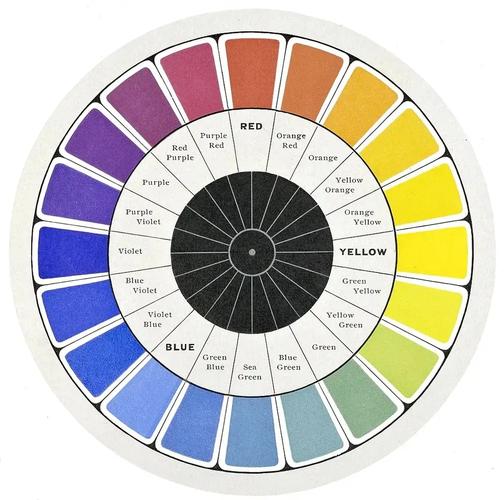Understanding the Concept of Toning Your Body
When you hear the phrase “tone your body,” it refers to the process of improving the shape, firmness, and definition of your muscles. It’s a common goal for many individuals who are looking to enhance their physical appearance and overall fitness. But what exactly does it entail, and how can you achieve it? Let’s delve into the details.
What is Muscle Toning?
Muscle toning is the result of building and strengthening muscle fibers while reducing body fat. It’s important to note that muscle tone is not the same as muscle size or bulk. Instead, it focuses on making your muscles more defined and firm, giving you a sleeker, more sculpted look.

Types of Exercises for Toning
There are various types of exercises that can help you tone your body. Here are some popular options:
| Exercise Type | Description |
|---|---|
| Strength Training | Focuses on building muscle strength and size, which can contribute to muscle toning. |
| High-Intensity Interval Training (HIIT) | Combines short bursts of intense exercise with periods of rest, helping to burn fat and improve muscle tone. |
| Cardiovascular Exercise | Increases heart rate and helps burn calories, which can aid in reducing body fat and revealing muscle tone. |
| Yoga and Pilates | Focuses on flexibility, strength, and core stability, which can contribute to overall muscle toning. |
Creating a Balanced Workout Routine
For effective muscle toning, it’s essential to create a balanced workout routine that includes a mix of strength training, cardiovascular exercise, and flexibility training. Here’s a sample routine:
- Warm-up: 5-10 minutes of light cardio (e.g., jogging, cycling)
- Strength Training: 2-3 sets of 8-12 repetitions for each exercise, focusing on major muscle groups (e.g., chest, back, legs, shoulders, arms)
- Cardiovascular Exercise: 20-30 minutes of moderate-intensity cardio (e.g., brisk walking, swimming)
- Flexibility Training: 5-10 minutes of stretching to improve flexibility and reduce the risk of injury
Nutrition and Hydration
In addition to exercise, nutrition and hydration play a crucial role in muscle toning. Here are some tips:
- Consume a balanced diet that includes lean proteins, whole grains, fruits, and vegetables.
- Avoid excessive sugar, saturated fats, and processed foods.
- Stay hydrated by drinking plenty of water throughout the day.
Rest and Recovery
Rest and recovery are essential for muscle toning. When you exercise, you create tiny tears in your muscle fibers. Adequate rest allows your body to repair and strengthen these fibers, leading to improved muscle tone. Aim for at least 7-8 hours of sleep per night and incorporate active recovery days, such as light walking or stretching, into your routine.

Monitoring Progress
Tracking your progress is important to stay motivated and ensure you’re on the right path. Consider the following methods:
- Body measurements: Take regular measurements of your arms, waist, hips, and thighs to monitor changes in muscle tone.
- Photos: Take progress photos to visually see the changes in your body shape and muscle tone.
- Body fat percentage: Use a body fat scale or caliper to track changes in body composition.
Conclusion
Toning your body is a multifaceted process that requires a combination of exercise, nutrition, and rest. By incorporating a balanced workout routine, maintaining a healthy diet, and ensuring adequate rest and recovery, you can achieve your desired level of muscle tone. Remember to stay patient and consistent, as results may take time to manifest.










